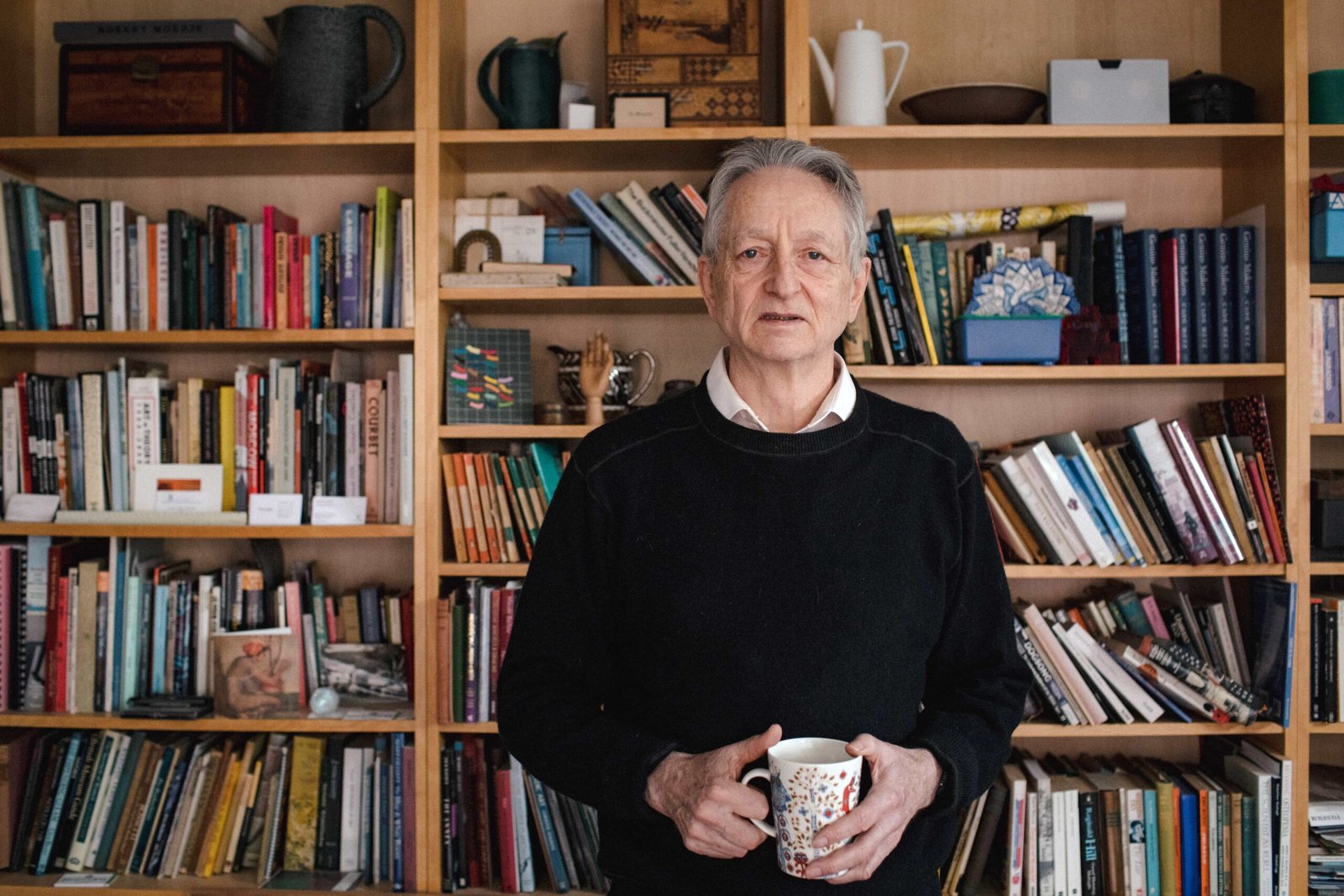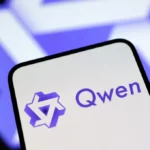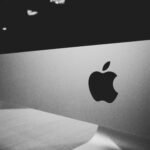The 2024 Nobel Prize in Physics honors two of the most influential figures in AI: Geoffrey E. Hinton and John J. Hopfield. Their pioneering work on neural networks has fundamentally transformed the fields of machine learning, deep learning, and artificial intelligence, making this recognition not only a win for physics but also a momentous acknowledgment of AI’s impact across various domains.
Hinton’s Revolutionary Contributions to AI
Geoffrey Hinton, widely regarded as one of the “godfathers” of AI, was celebrated for his work on neural networks and deep learning. Hinton’s journey to the Nobel Prize started with his work on Boltzmann machines in the 1980s. These machines, built on a probabilistic model of artificial neural networks, offered the first significant leap in using computers to mimic the brain’s learning process. By modeling neural networks as systems capable of pattern recognition and decision-making, Hinton set the foundation for modern AI algorithms used in natural language processing, vision systems, and voice recognition.
Hinton is also credited with reintroducing the concept of backpropagation, the method by which neural networks are trained. This breakthrough allowed machines to adjust their internal parameters iteratively, significantly boosting their learning efficiency. This method remains essential for training deep learning models, which are now ubiquitous in technologies such as chatbots, virtual assistants, and even self-driving cars. His work opened doors for large-scale AI applications, particularly in industries like healthcare and gaming.
The Significance of the Nobel Prize in AI
Awarding Hinton with the Nobel Prize in Physics underscores the growing importance of AI, not just in technology sectors but across scientific disciplines. His contributions have blurred the lines between physics, computer science, and cognitive psychology. The field of AI, often viewed through the lens of computer science, owes much of its theoretical underpinnings to physics. Neural networks, modeled after the brain’s function, demonstrate how interdisciplinary research can spur groundbreaking advancements.
The prize also shines a light on how AI has evolved from theoretical experiments to real-world applications with wide-reaching societal impacts. Hinton’s models underpin AI assistants, speech recognition software, and diagnostic tools in healthcare, highlighting the profound relevance of his work to everyday life.
John J. Hopfield’s Complementary Work
Equally notable is John J. Hopfield’s work on Hopfield networks, a class of neural networks that provided a key mechanism for associative memory. His 1982 paper demonstrated how the human brain might store and retrieve information, essentially giving birth to the modern concept of pattern recognition. This development, similar to Hinton’s, drew from statistical mechanics, making it possible for computers to “learn” from incomplete or noisy data — a principle that is the backbone of many machine learning techniques today.
The Future of AI and Hinton’s Legacy
As AI continues to expand, Hinton’s groundbreaking work serves as a foundation for the future of machine learning and large language models. His insights into how machines can learn autonomously have led to advances in AI startups and leading tech companies like Google, where Hinton has held influential roles. The Nobel Prize marks a crucial milestone, symbolizing that the contributions of AI researchers are now recognized on par with more traditional fields of science.
By awarding Hinton and Hopfield, the Nobel committee signals the broader societal and scientific importance of AI — a technology that is shaping our future and transforming industries across the globe.









